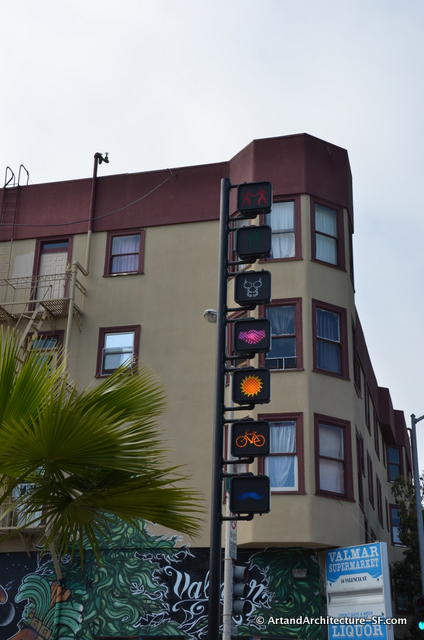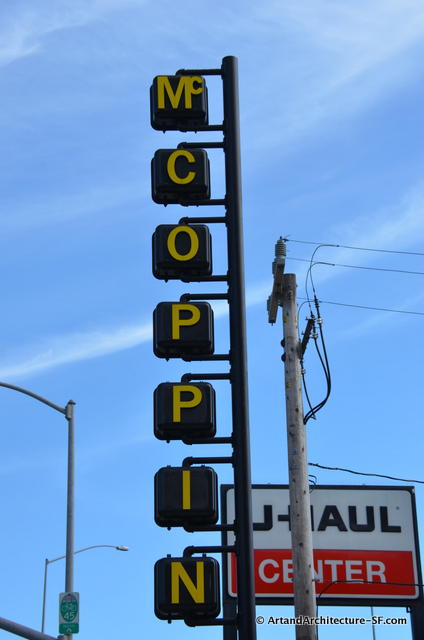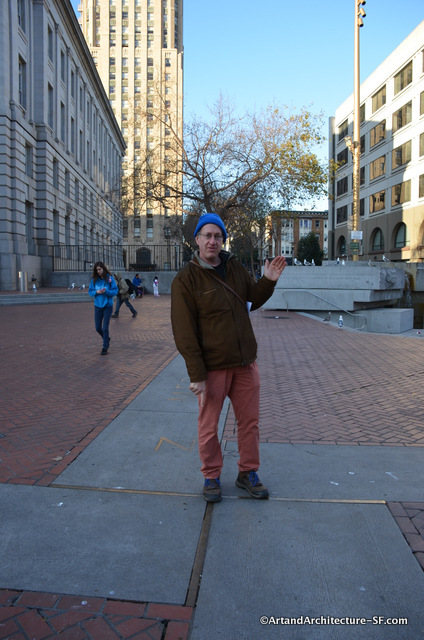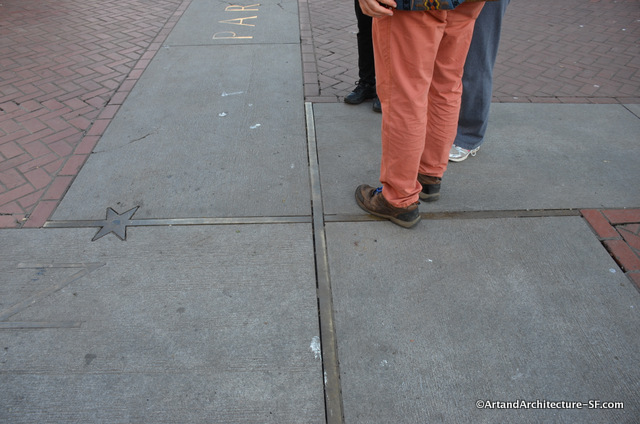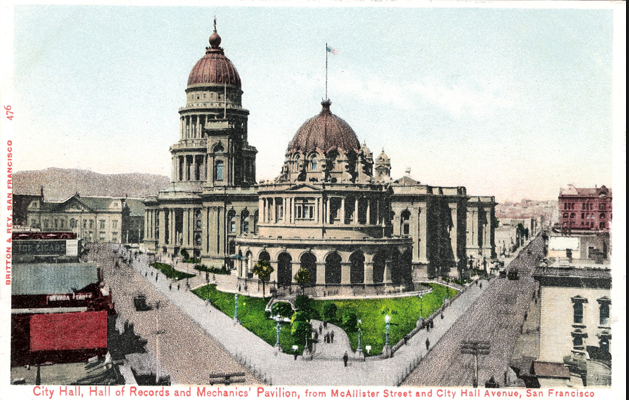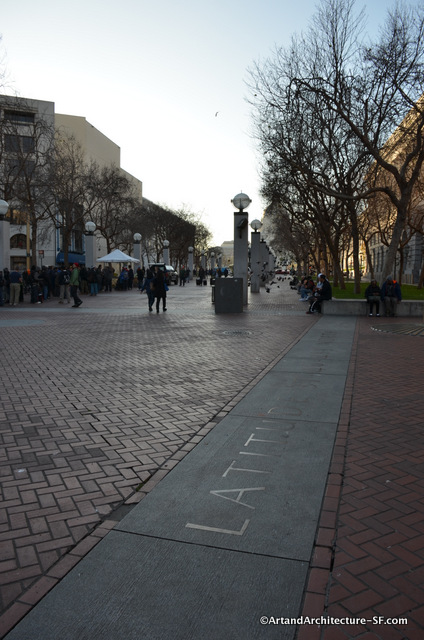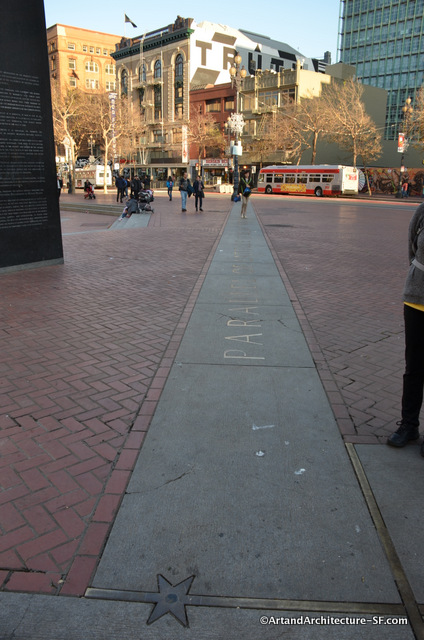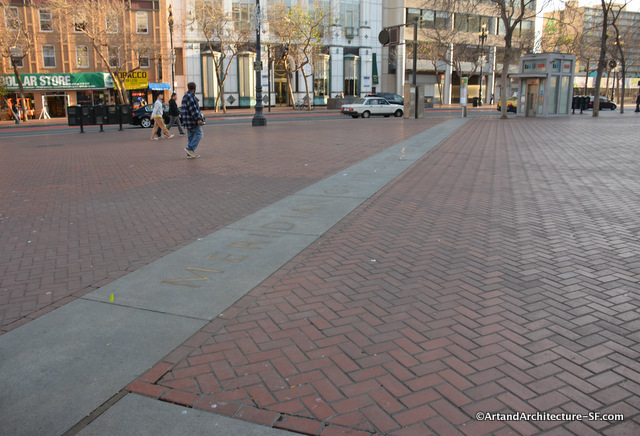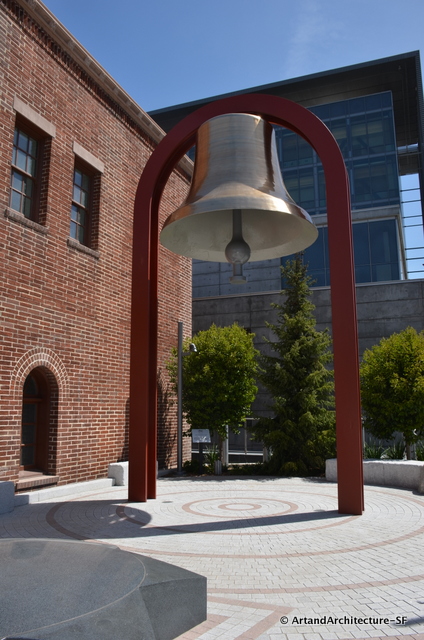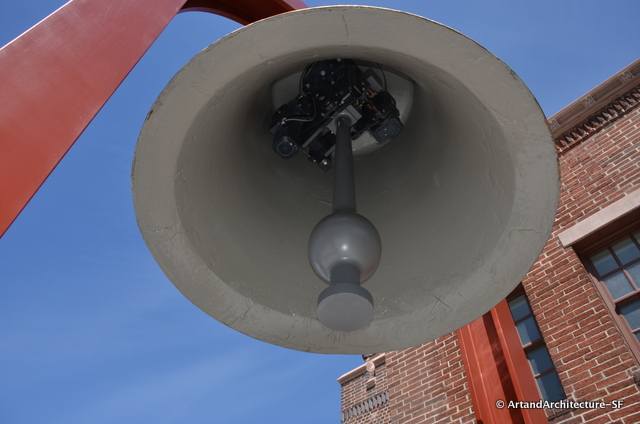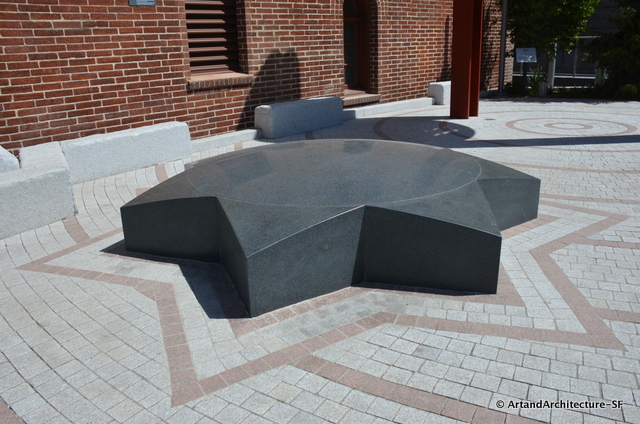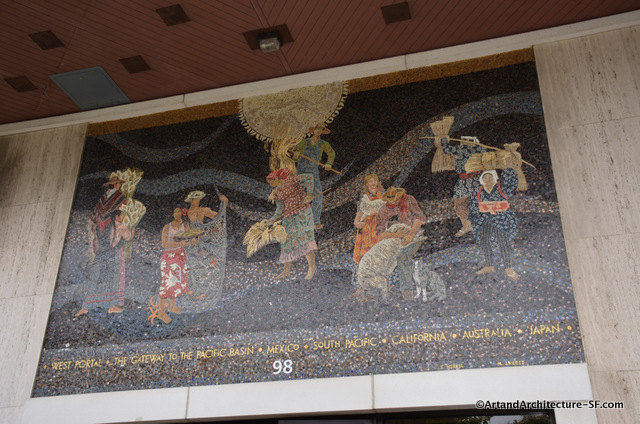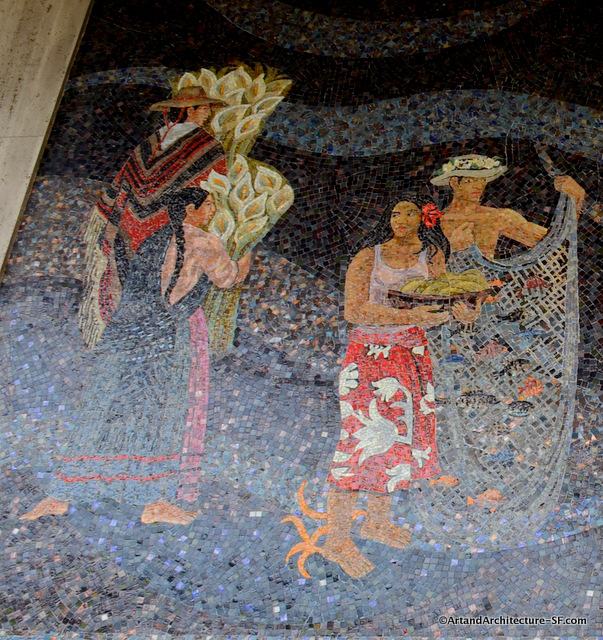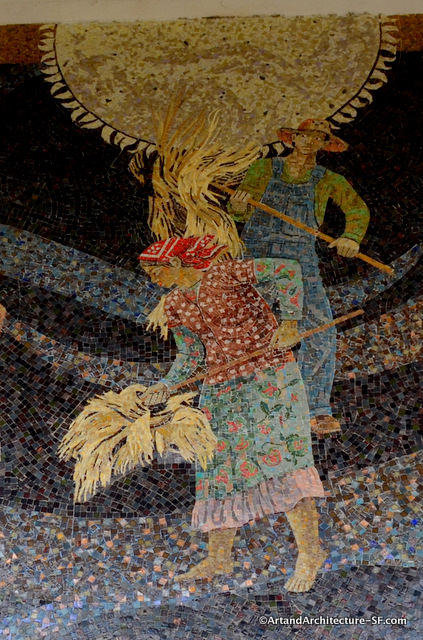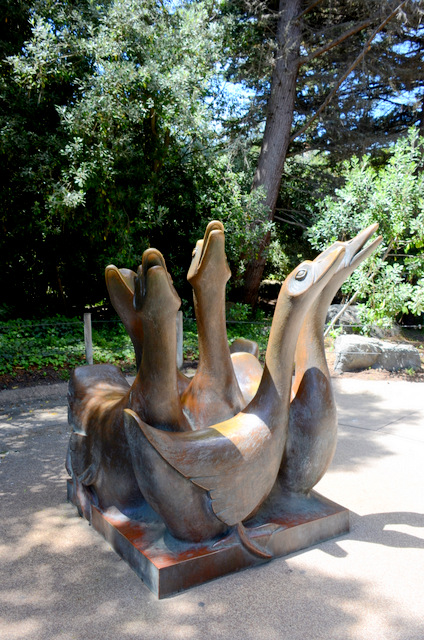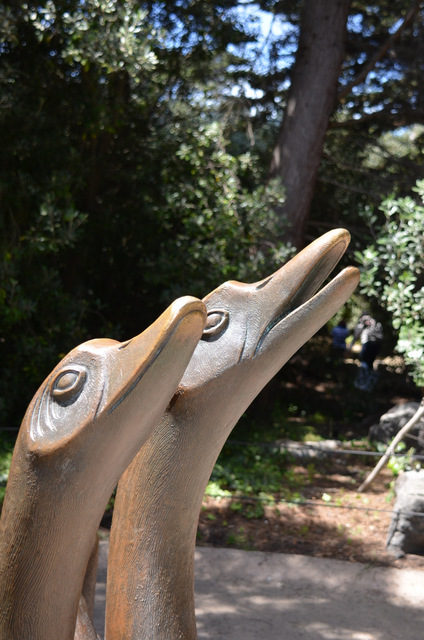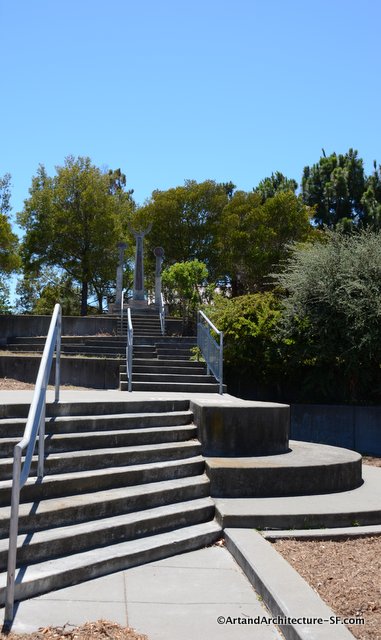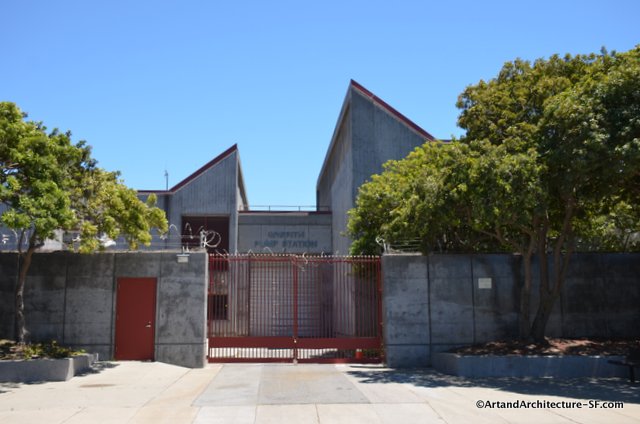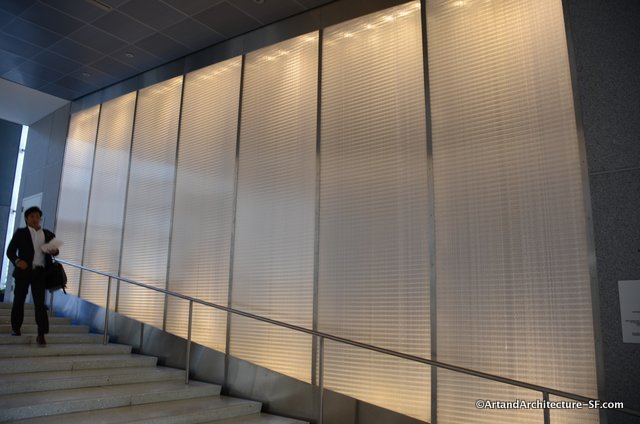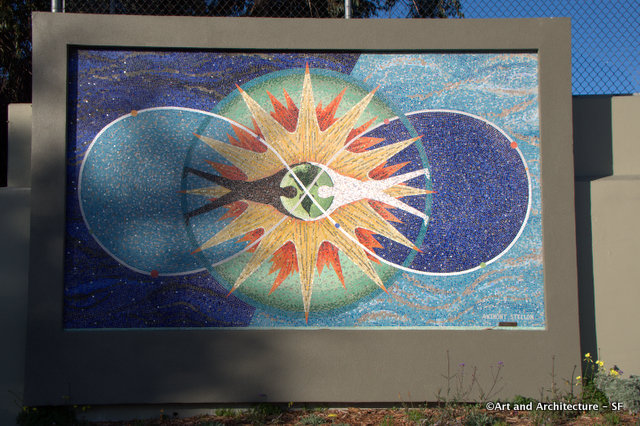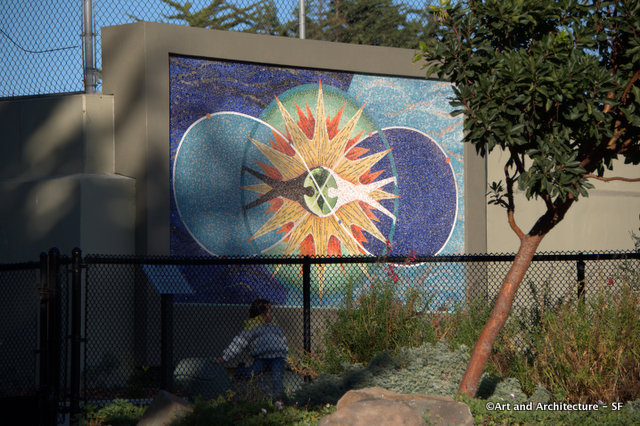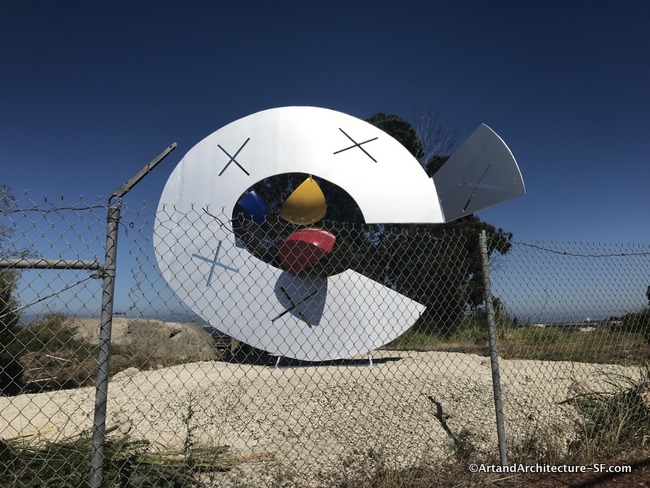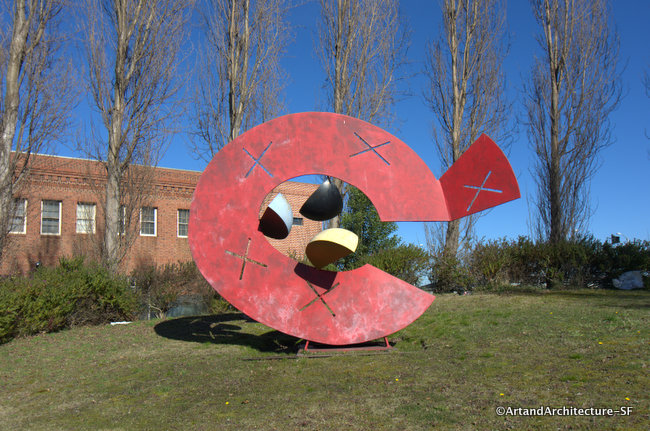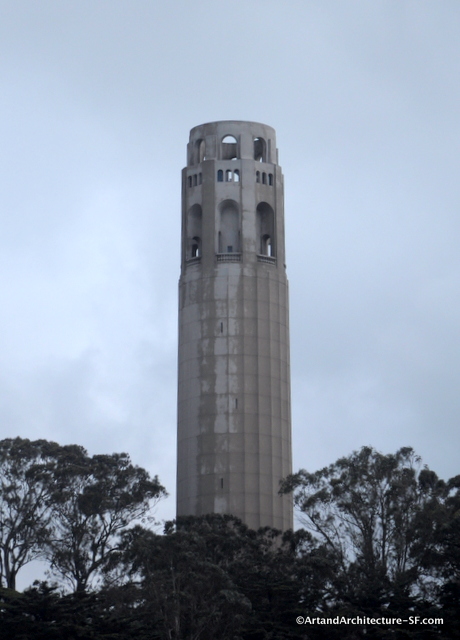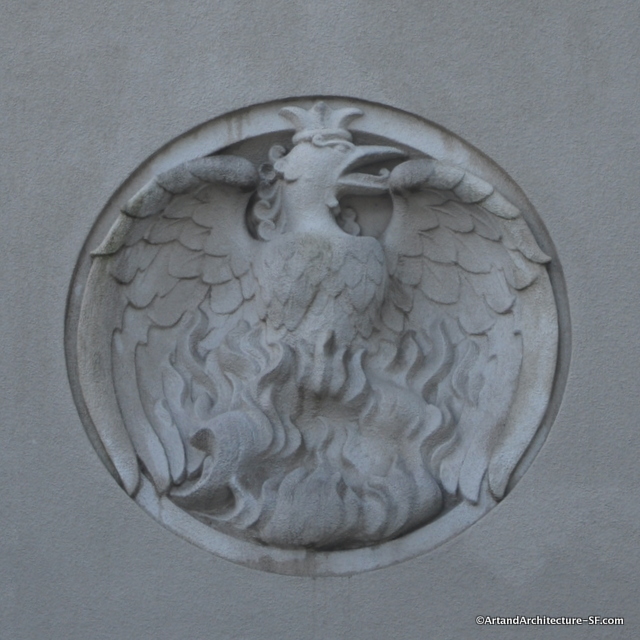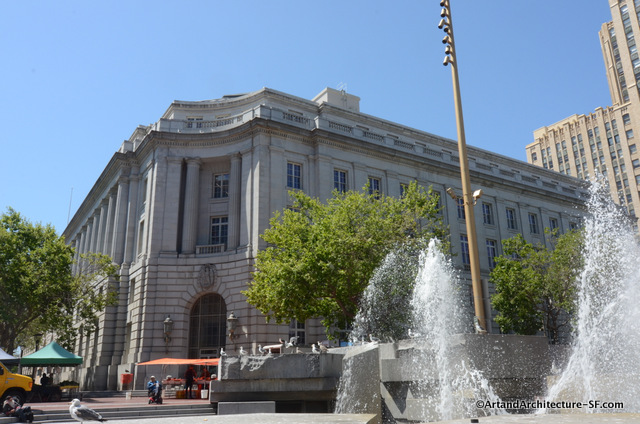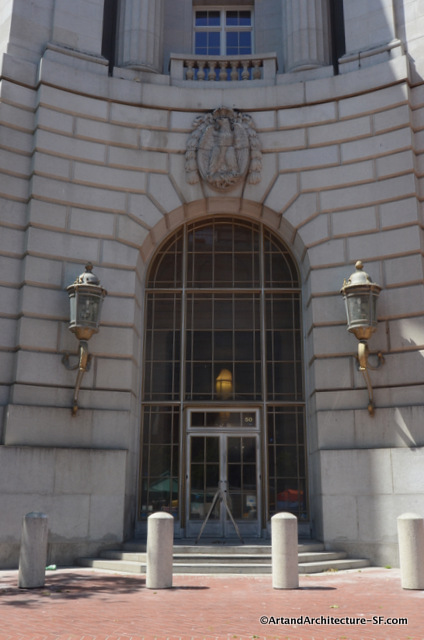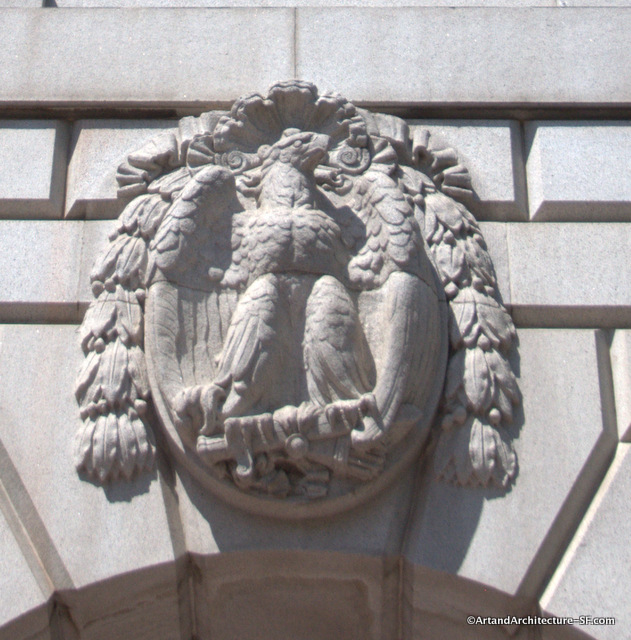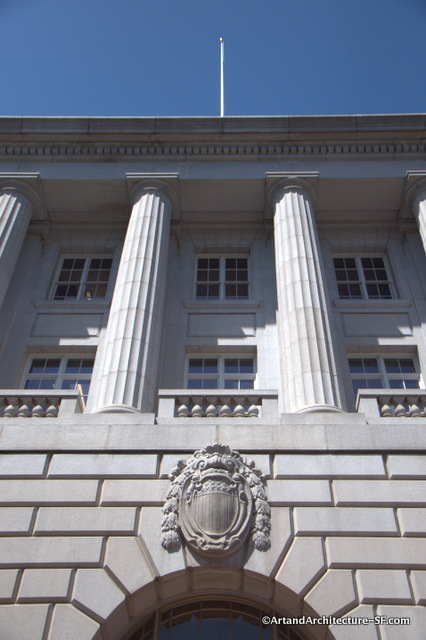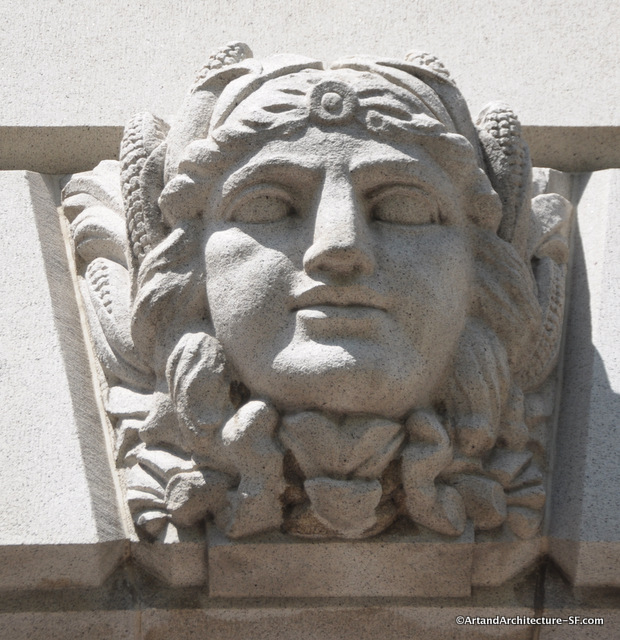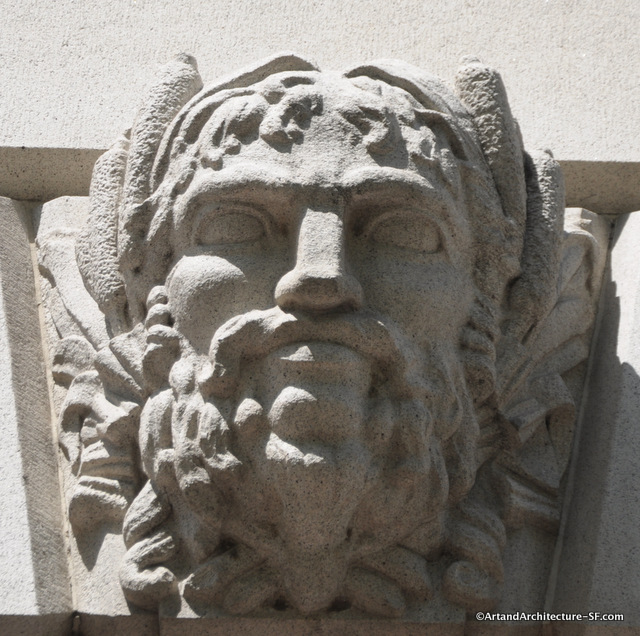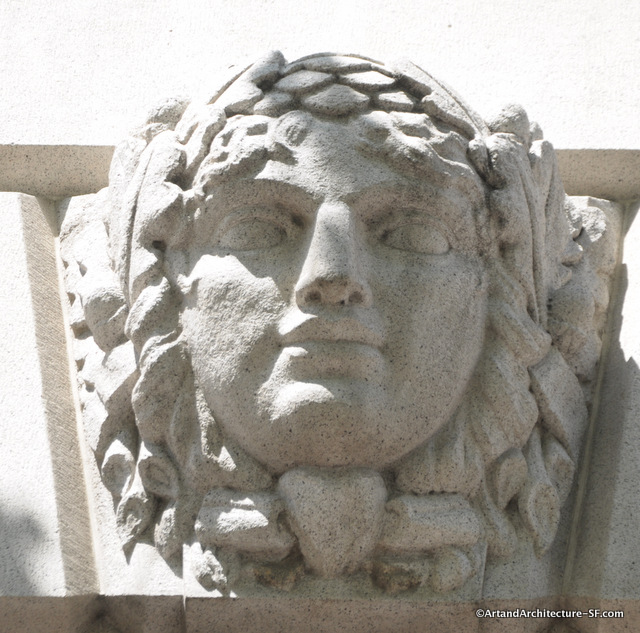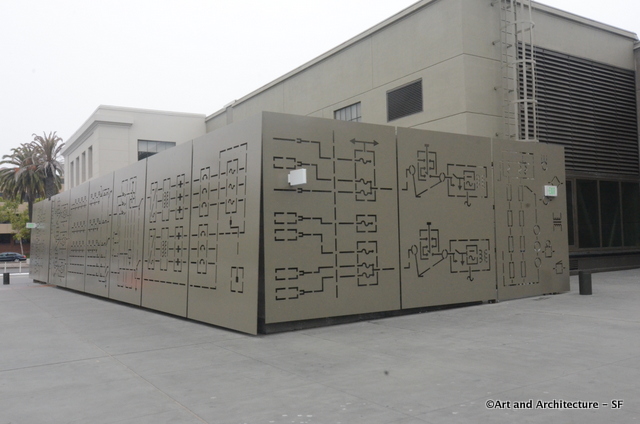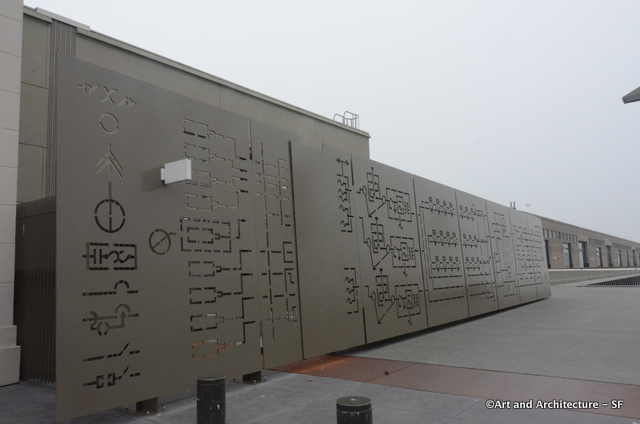McCoppin Plaza
Market Street and Valencia
Titled Handsignals, this piece sits in a small park made available after the tearing down of the Central Freeway that once bi-sected the area. The McCoppin Hub Project was a joint project between SFMTA, SFAC and SFDPW. For this reason it was impossible for me to garner from the hundreds of meeting minutes that I read, exactly what this piece cost the taxpayers of San Francisco.
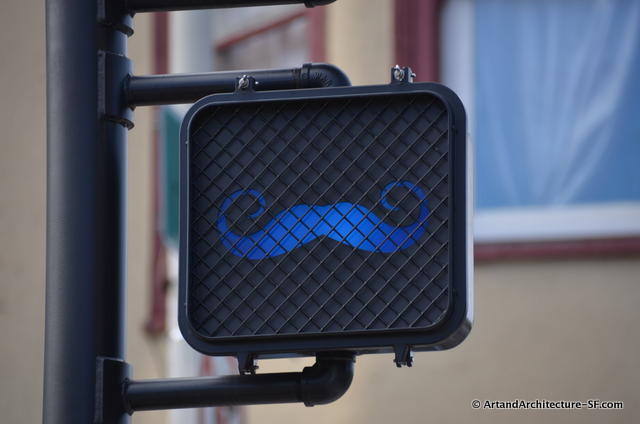 Originally proposed by Rebar the final product was created by MoreLab. Handsignals refers to the formal qualities of the numerous theater signs prevalent in the Mission District, and repurposes that vocabulary to “advertise” a new public space.
Originally proposed by Rebar the final product was created by MoreLab. Handsignals refers to the formal qualities of the numerous theater signs prevalent in the Mission District, and repurposes that vocabulary to “advertise” a new public space.
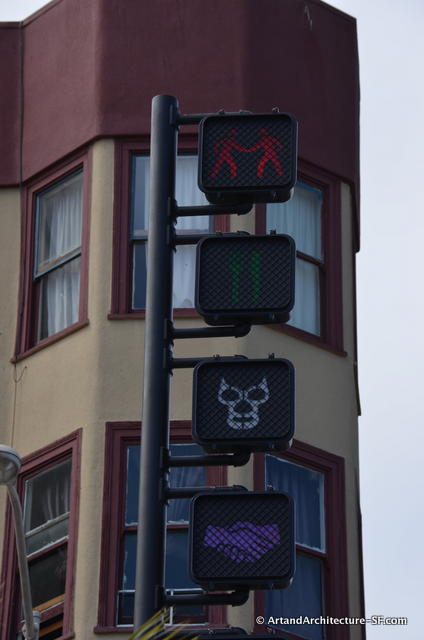 According to their website: “Handsignals repositions the meaning of the common pedestrian traffic signal by replacing the familiar “red hand” and “walking figure” with custom symbols designed to represent themes deeply imbedded in Mission District culture. The piece playfully explores the relationship between a community and its emblems, identity and its abstractions, the sign and its signifier. Lit both during the day and at night, the modules blink on and off in a slow, irregular pattern, creating new combinations of symbols whose meaning and relationship to the neighborhood will change as the neighborhood continues to evolve”.
According to their website: “Handsignals repositions the meaning of the common pedestrian traffic signal by replacing the familiar “red hand” and “walking figure” with custom symbols designed to represent themes deeply imbedded in Mission District culture. The piece playfully explores the relationship between a community and its emblems, identity and its abstractions, the sign and its signifier. Lit both during the day and at night, the modules blink on and off in a slow, irregular pattern, creating new combinations of symbols whose meaning and relationship to the neighborhood will change as the neighborhood continues to evolve”.
